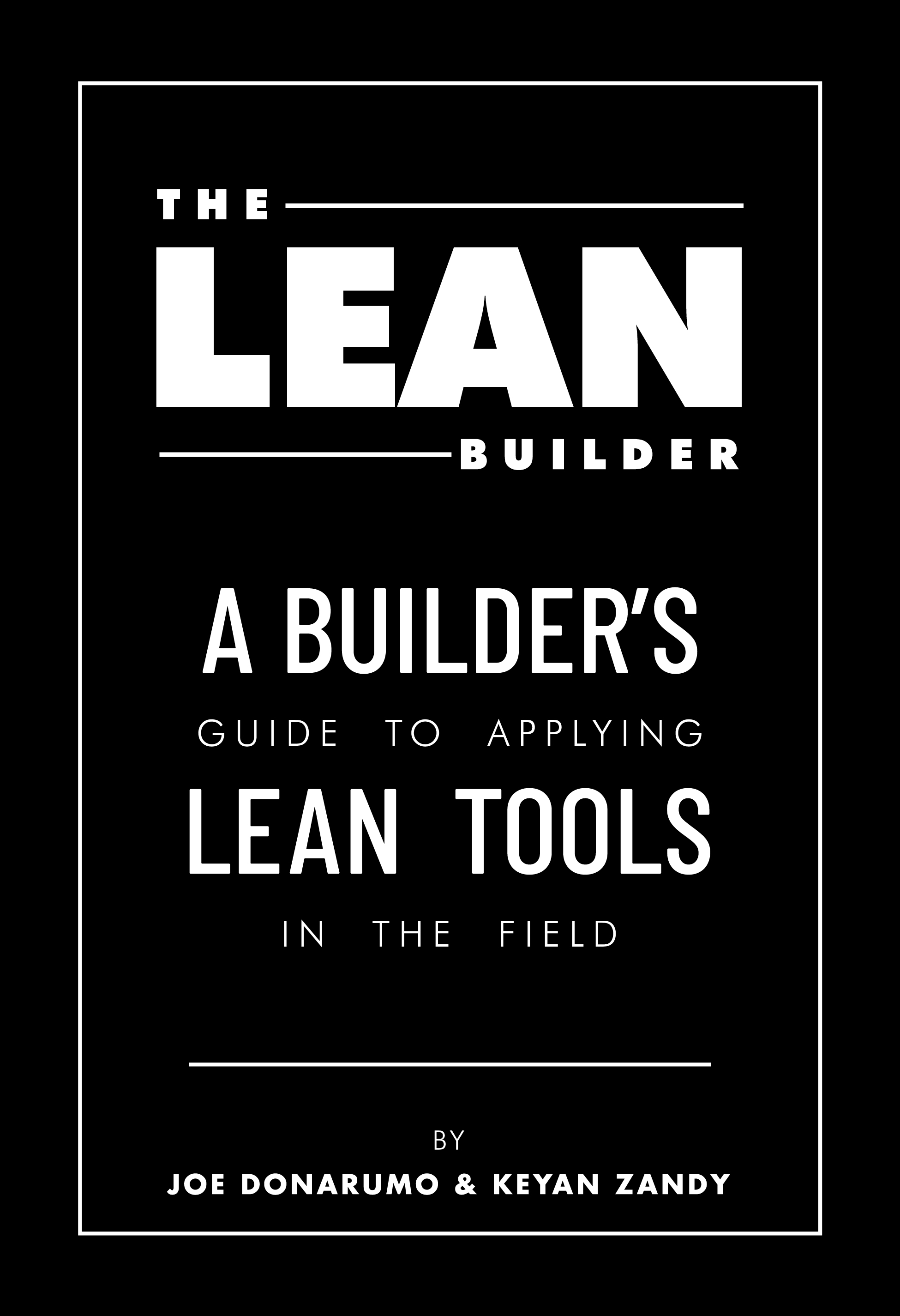The Big C’s that Influence the Housing Industry
Three factors influencing the housing industry: customers, code compliance and capacity.








There is positive momentum in the housing market that foretells a brighter future. For the first time in seven years, a renewed optimism is bolstered by growth in the U.S economy: higher levels of new housing starts, solid builder backlogs, and increasing housing prices signifying an enduring recovery is underway. However, the building materials industry is far from healthy today and significant challenges remain.
The emergence from the recession is on a unique path that is not adhering to historical patterns of recovery. Simply stated, we’ve never seen this before.
The length of the crisis coupled with stagnant job recovery is fueling a cautious America. As we strive to find our equilibrium in this rapidly evolving environment, the entire building materials industry will need to adapt and change in order to stabilize and prosper. To realize continued growth, it is critical to understand several new marketplace dynamics including new customer demands, stringent code compliance and capacity challenges.
ADDRESSING NEW CUSTOMER DEMANDS
A 20 percent annual growth rate in housing starts is anticipated over the next four years, driven partly by the fact that it is now cheaper to buy than rent in 98 out of the top 100 metro areas.¹ During the 12-month period ending September 2012 new household formation increased sharply to 1.15MM², activating dormant demand for independent housing. Builders are already seeing increased demand manifested in new construction starts, growing backlogs and higher selling prices—all positive indicators that a sustainable recovery is underway.
As we navigate the post-recession marketplace, it is increasingly important to understand the profile of the customer who is—and will be—driving household formation and increasing housing starts for the foreseeable future.
An accelerated shift in homebuyer demographics has been attributed to recent declines in the annual rate of U.S. population growth coupled with the increased rate of new household formation. In the near future, it is estimated that nearly 62MM Echo-boomers will begin entering the housing market.³
This generation of home buyers is much more racially and ethnically diverse than previous generations. In fact, between 2010 and 2020 it is estimated that minorities will account for seven out of 10 new households on average, with young Hispanics leading the way in most Metropolitan Statistical Areas (MSAs).4
As the housing recovery takes hold, this incoming tide of diverse and influential homebuyers will re-set functional and aesthetic expectations of the home. Younger Echo-boomers who have the financial means to purchase new homes will prioritize housing value and affordability as it relates to initial acquisition and monthly operating costs.
These Echo-boomers will also bring a well-informed and uncompromising approach to home energy efficiency and sustainable building practices. Specifically, this customer segment will expect that high-quality, energy efficient solutions are engineered directly into the home building construction process to optimize comfort and reduce monthly operating costs.
Products that safely enhance energy efficiency without dramatically increasing home construction costs will be the key to ensuring home affordability for this large group of homebuyers—and in turn, business profitability.
Owens Corning’s approach to product solutions is “Green Without Compromise.” One way this is realized is by developing and bringing safe, environmentally sustainable solutions to market that are easy and fast to work with. This not only increases work productivity and allows for differentiation in the market, but creates a better quality of installation by removing the need for installer “work-arounds” and time-consuming hand work during installation. This tenet of our product innovation process will become even more important as availability of trained labor begins to tighten up in response to increases in housing starts.
ACHIEVING CODE COMPLIANCE
Another factor with implications for the building materials industry is the adoption of stricter 2009 and 2012 building energy codes and energy efficiency policies. Local adoption of these energy codes combined with increased homebuyer attention to energy consumption are driving greater emphasis on insulation and air sealing in today’s marketplace.
Contractors and architects now have heightened needs for compliant, cost-effective products that meet these stringent codes—and are turning to building materials manufacturers for solutions.
Companies have remained committed to introducing innovative, cost-effective system solutions designed to meet and exceed the new codes.
Using a systemized solution ensures all of the components were tested and proven to work together efficiently to provide protection, performance and optimum results across energy and thermal efficiency, managing air, water and vapor intrusion, water drainage and acoustics. Ultimately, this achieves a high-performance solution that will air seal, insulate, and manage moisture in and around residential and commercial buildings, making them more efficient and affordable to build, own and occupy.
EXPLORING CAPACITY CHALLENGES
The third dynamic in the emerging marketplace that warrants attention is product capacity. Sizing capacity to the demand in the market remains an ongoing challenge given the unpredictable nature of the new construction, remodeling and commercial markets.
The hard reality is that, by necessity, significant capacity has come out of the building materials marketplace during the housing recession. The housing market’s anticipated continued stabilization in terms of demand and velocity will potentially further tighten supply. Add to this the adoption of the stricter energy codes and energy efficiency policies noted above and the capacity discussion only magnifies.
The bottom line is that the entire building materials industry is in unprecedented waters as it emerges from the recession. New and changing dynamics in customer demand, more stringent codes and energy policies, and capacity will present sure challenges. The entire building materials supply chain will need to be alert and able to quickly react to these challenges to emerge successfully and strive for sustainable growth. W&C
FOOTNOTES
2012 Trulia Trends Team, Winter 2012 Rent vs. Buy Index, http://info.trulia.com/index.php?s=32055&item=125286
US Census Bureau,
http://www.census.gov/
Joint Center for Housing Studies of Harvard University, THE STATE OF THE NATION’S HOUSING 2012; http://www.jchs.harvard.edu/sites/jchs.harvard.edu/files/son2012.pdf
http://www.jchs.harvard.edu/sites/jchs.harvard.edu/files/son2012_demographic_drivers.pdf
NAHB – Housing Opportunity Index by Race/Ethnicity in 2010, https://www.nahb.org/generic.aspx?genericContentID=157443
Looking for a reprint of this article?
From high-res PDFs to custom plaques, order your copy today!











